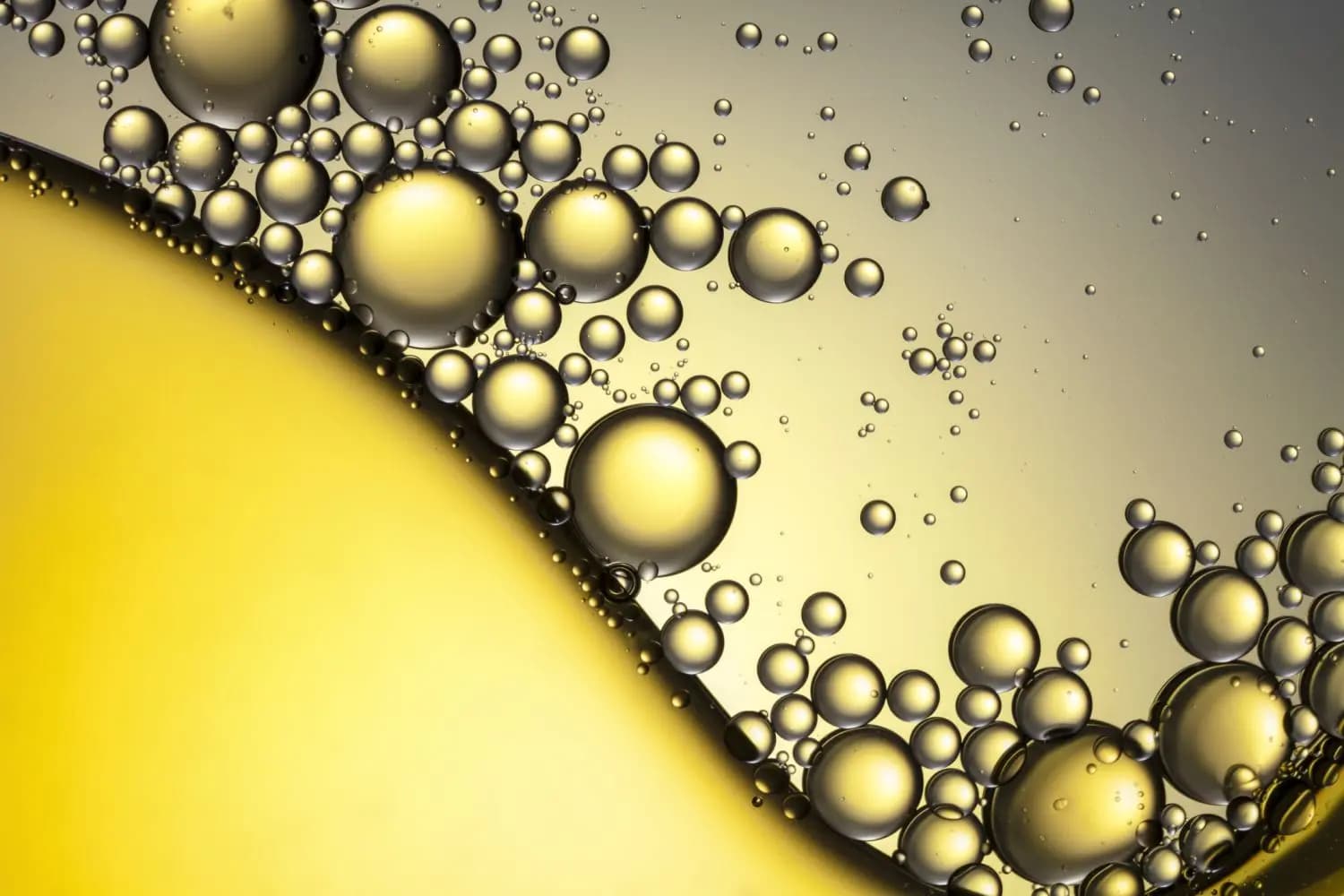Global Detergent Alcohols Market Snapshot

Detergent alcohols are long-chain alcohols containing between 12 and 18 carbon atoms. The detergent alcohols can be branched or unsaturated, and the alcohol group can be located at various points in the carbon chain. Alcohols in this range are also used in non-detergent applications, such as polymerization aids, lubricant additives and herbicides. Depending on the length of the carbon chain, they may be solids or waxy liquids and can have a slightly sweet odour.
Detergent alcohols are nonionic surfactants. However, they have weak solubility in water and are not particularly useful surfactants themselves; but are the main precursors to many strong nonionic and anionic surfactants such as ethoxylated alcohols and alcohol sulfates. Alcohol ethoxylates (AE) and alcohol sulfates (AS) are manufactured via ethoxylation and sulfonation/sulfation reactions, which are essential in the surfactants industry as they add a hydrophilic “head” to a hydrophobic “tail”.
Detergent alcohols may be sourced from either petrochemical or natural feedstock:
Fatty alcohols are derived from natural feedstock (e.g., palm oil)
Synthetic alcohols are derived from petrochemical feedstock (e.g., naphtha).
To some extent, the process used in the production of detergent alcohols (fatty or synthetic) influences the demand for different applications:
In personal care products, consumer preference is one of the main considerations, and leading producers are reluctant to use synthetic alcohols in their formulations. Thus, fatty alcohols are preferred for personal care products and synthetic alcohols have not been able to penetrate this market despite the volatility of PKO prices.
In household products, the use of fatty alcohols in household products such as fabrics and floor cleaning agents are less critical.
The market price and supply reliability mainly determine the type of alcohol used in these products as industry consumers are able to reformulate products quickly in order to hedge their cost position between the two alcohols. This is common practice in times of escalating crude oil prices or higher natural oil prices.
Natural fatty alcohols are mainly produced from palm kernel oil in Southeast Asia, and many producers here have also invested downstream into production of fatty alcohol derivatives. This geographical proximity to oil palm has contributed to the largest consumption of detergent alcohol being in Asia. Although North America is a large producer and consumer of detergent alcohols, the majority are synthetic and therefore the consumption of natural fatty alcohols is a small proportion of total detergent alcohol consumption.
Growth of consumption of natural alcohols is expected to exceed that of synthetic detergent alcohols, which is due to more investment in natural alcohol capacity (making use of oleochemical feedstocks in Southeast Asia). However, synthetic alcohols can be preferred in some applications, due to unique properties of their branched and odd-numbered molecules.
Production of natural detergent alcohol is now 3-4 times larger than synthetic production, following rapid expansion of oleochemicals in Southeast Asia over the last twenty years. Investment continues, with several new plants undergoing construction and expected to start-up within the next three years, with the majority of recent investments in Indonesia.
Find out more…
Market Insights: Detergent Alcohols - 2025
This report provides a comprehensive review of the detergent alcohols market, covering both synthetic and natural (fatty) alcohols. Analysis includes:
Discussion regarding key market trends, drivers and geopolitical factors influencing supply and demand in each region.
Supply, demand and trade analysis is presented for North America, South America, Western Europe, Central Europe, Eastern Europe, Middle East, Africa, Asia Pacific (excluding China) and China.
A comprehensive discussion of the competitive landscape and speculative projects in the regions.
Pricing analyses for natural fatty alcohols and synthetic alcohols (cost plus margin basis) for the key markets: Western Europe, China, United States.
About Us - NexantECA, the Energy and Chemicals Advisory company is the leading advisor to the energy, refining, and chemical industries. Our clientele ranges from major oil and chemical companies, governments, investors, and financial institutions to regulators, development agencies, and law firms. Using a combination of business and technical expertise, with deep and broad understanding of markets, technologies, and economics, NexantECA provides solutions that our clients have relied upon for over 50 years.
Contact our team of industry experts